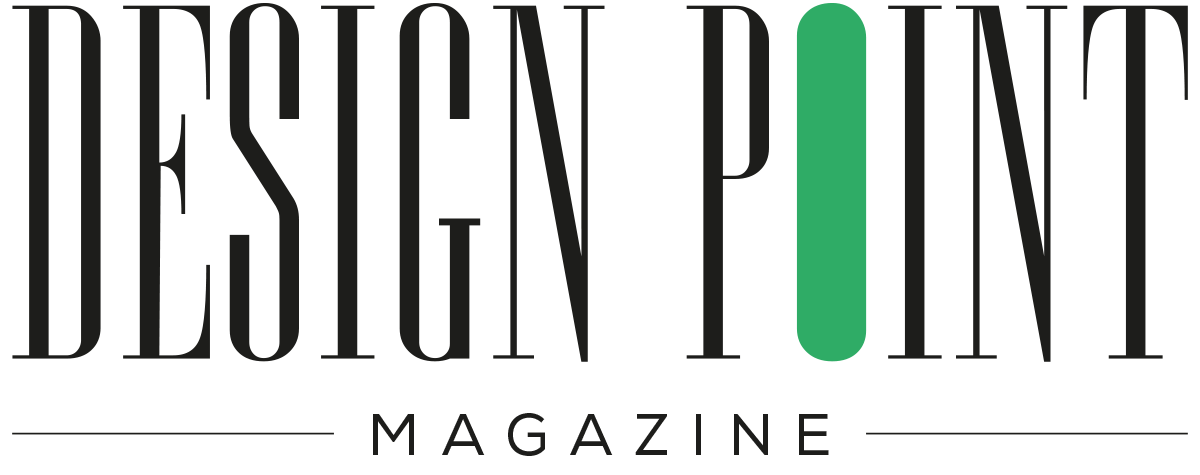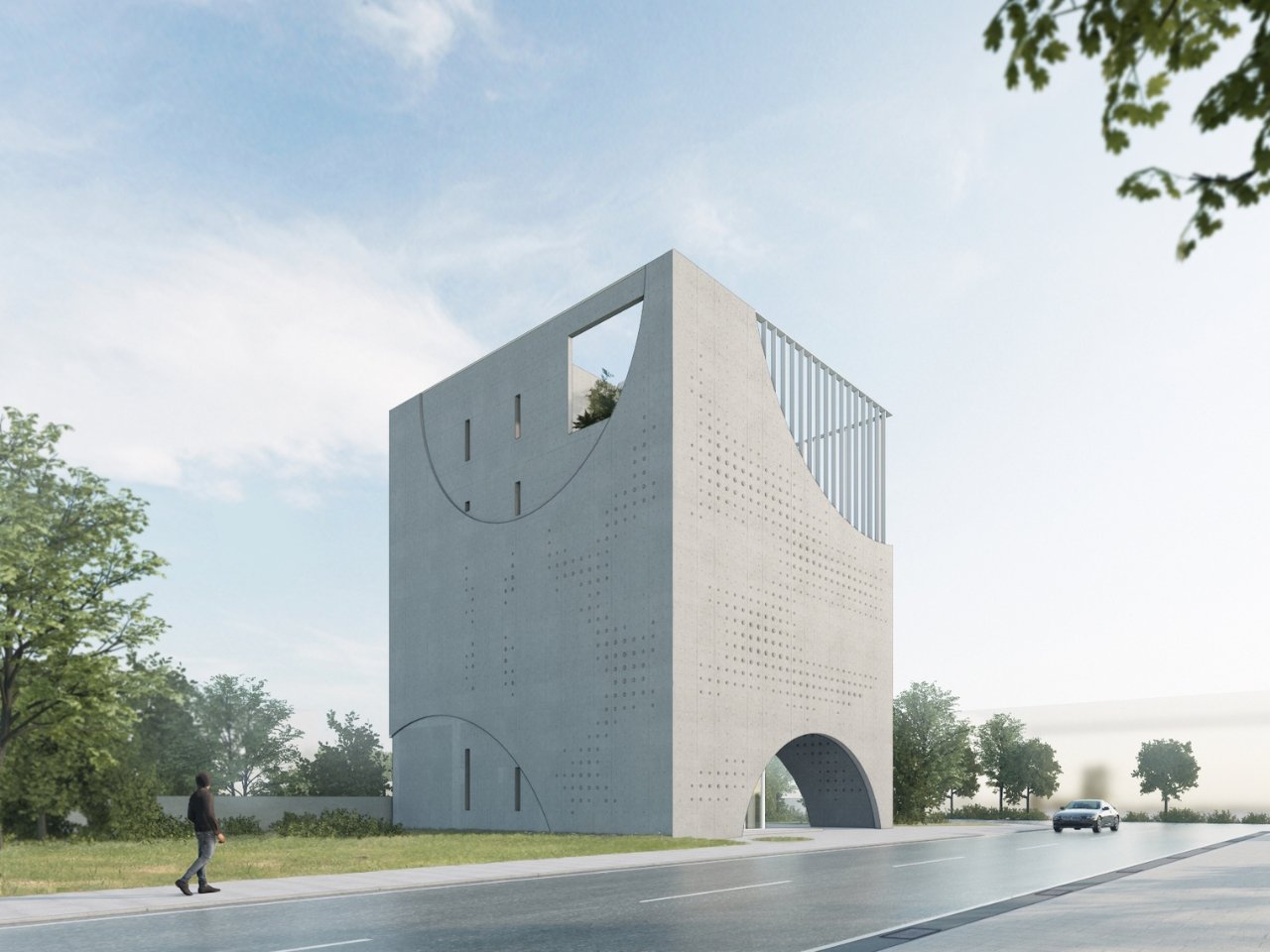The new headquarters of a Taiwanese solar‑energy firm, dubbed “Solar Locus,” stands as a striking example of how light can become both symbol and material in modern office design. Conceived by the collaborative studios Air Matters and 16 ARCH, the five‑story building is presented as a solid concrete cube that quietly anchors itself in the bustling urban fabric of Taiwan. At first glance the façade appears hermetic, its raw‑concrete skin giving the impression of a closed, weighty mass. Yet the design invites visitors to move beyond this surface and discover a transparent glass volume that rises within, creating a dialogue between heaviness and lightness that defines the entire structure.
The façade’s curving motifs are more than decorative gestures; they trace the daily journey of the sun from sunrise to sunset, echoing the company’s core mission of harnessing solar power. Small circular apertures puncture the concrete, allowing sunlight to filter in, fragment, and diffuse across interior spaces. This filtered light creates a constantly shifting play of shadows that animates the interior, reinforcing the idea that the building itself is a “container of light.”
Designer Names: Air Matters and 16 ARCH STUDIO
A breathable intermediate zone separates the concrete skin from the glass mass, acting as a conduit for air and illumination. This space not only improves environmental performance but also offers a visual transition that softens the contrast between the solid exterior and the airy interior. At ground level, an arched opening frames a public plaza and a side garden, inviting the community to gather and interact with the building. The arch creates a sense of openness and accessibility, turning the headquarters into a civic landmark rather than a closed corporate enclave.
Higher up, a second curved opening aligns with the rooftop garden, allowing the sky garden to engage directly with the surrounding cityscape. From this elevated perspective, occupants can enjoy panoramic views while the garden’s greenery provides a natural counterpoint to the urban environment. The design thus establishes a continuous dialogue between nature, light, and the built environment, embodying the company’s ethos of reconnecting humanity with the natural world.
Inside, the glass volume houses flexible workspaces bathed in natural light, reducing reliance on artificial illumination and supporting sustainable energy consumption. The interplay of light and shadow not only enhances aesthetic appeal but also contributes to employee wellbeing, as studies show that exposure to daylight improves productivity and mood.
Solar Locus demonstrates how a corporate headquarters can transcend conventional office typologies, becoming a living illustration of the very energy it promotes. By treating light as both narrative and structural element, the architects have created a building that tells the story of solar power through its form, materiality, and spatial experience. The result is a landmark that stands as a testament to innovative, environmentally conscious design, inviting both occupants and passersby to pause, look up, and appreciate the subtle dance of sunlight across concrete and glass.
The post Solar Locus building in Taiwan is a “Container of Light” first appeared on Yanko Design.

